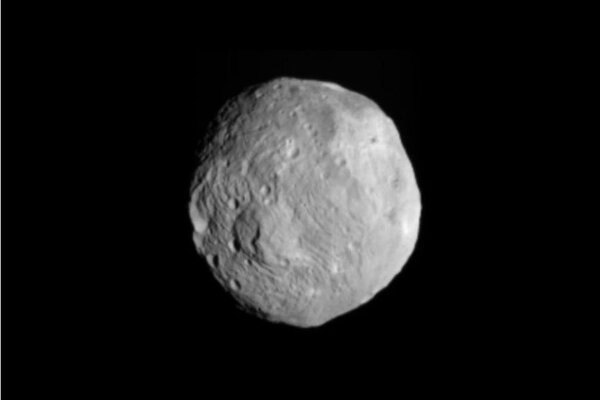How do you stop an asteroid headed directly at Earth?
That's the question that scientists have been asking for decades now. For most of human history, the only answer to such a question would be a shrug. But as asteroid detection continues to improve, scientists say they might be able to have enough time between spotting an incoming meteor and its impact to actually keep it from hitting our planet.
While scientists believe that asteroids like the kind that wiped out the dinosaurs are rare, smaller asteroids can still cause massive damage all over the world. In order to prevent these destructive collisions, more than 100 scientists published a letter in support of a joint NASA/ESA mission, set to launch in 2020, to study and ultimately deflect an asteroid. The mission would enable humanity to learn more about the threat posed by near-Earth objects and would mark the first time an asteroid has been deflected away from Earth in a dry run for planetary defense against near-Earth objects on a more destructive course.
"Of the near-Earth objects (NEOs) so far discovered, there are more than 1700 asteroids currently considered hazardous. Unlike other natural disasters, this is one we know how to predict and potentially prevent with early discovery," reads the letter. "As such, it is crucial to our knowledge and understanding of asteroids to determine whether a kinetic impactor is able to deflect the orbit of such a small body, in case Earth is threatened."
The letter, which can be signed by any concerned Earthling, describes the proposed 2-part AIDA mission to the binary asteroid system, Didymos and Didymoon. The first probe, ESA's Asteroid Impact Mission (AIM), will study the asteroids from orbit when it arrives in 2022. It will then be able to watch NASA's Double Asteroid Redirection Test (DART) as it collides with Didymoon about four months later, knocking it off course in a demonstration of technology that may one day save lives.
"We are really optimistic, because it is a very unique opportunity," Cornelius Schalinski, deputy head of business development for OHB, the German private space company charged with leading the implementation of AIM, told Space.com. "It has to go in 2020. Otherwise, the opportunity is lost. It is an asteroid that gets pretty close to Earth, so we can, with comparatively small cost and effort, test technologies that we need for future missions that are further away."
The timing of the AIDA mission is crucial, which is why the letter is important. In early December, ESA's council of ministers will meet to determine whether or not to provide funding for the mission.

Comments
Post a Comment